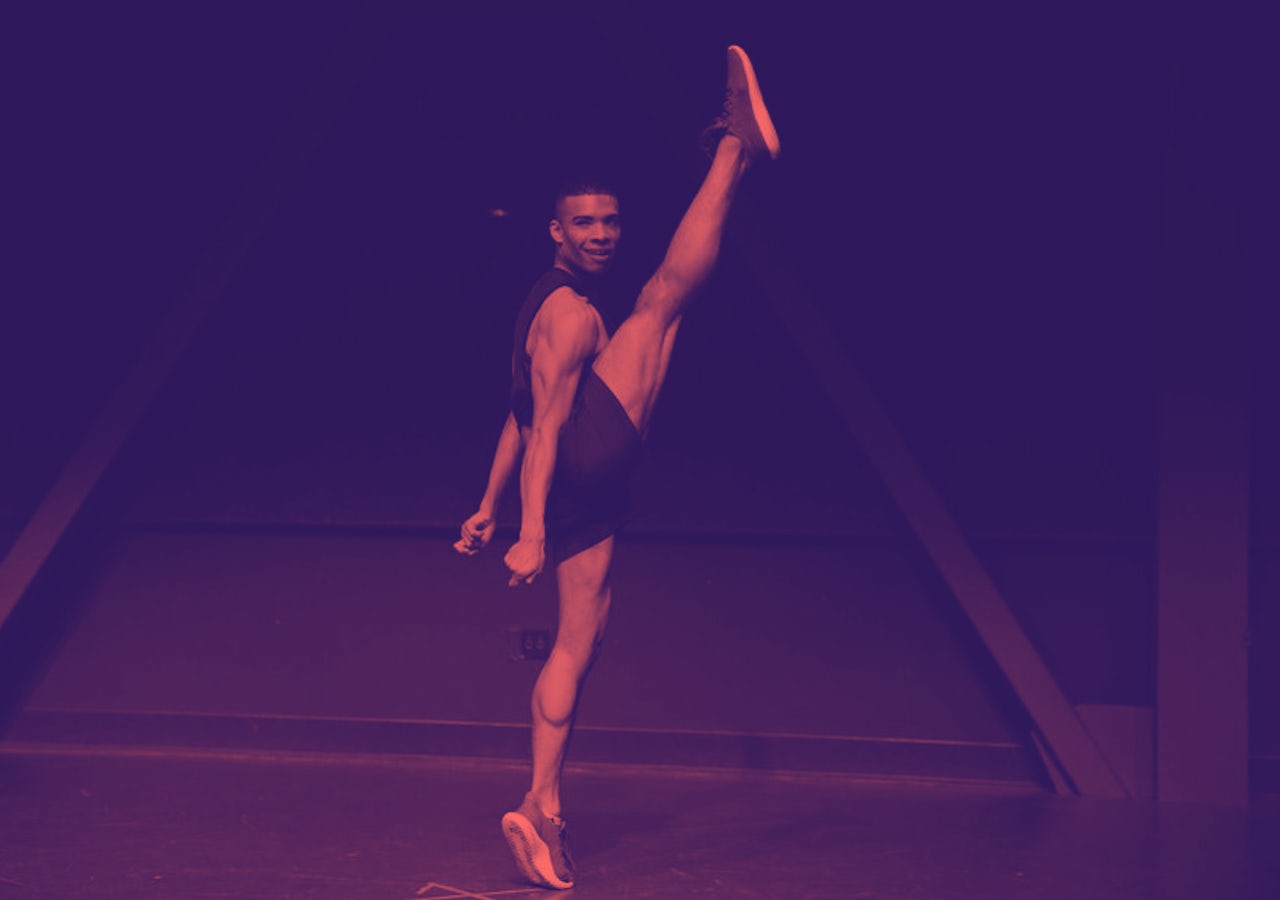Professional dancers Quinton Peron and Napolean Jinnies have made NFL history this week by becoming the league’s first male cheerleaders, as part of the Los Angeles Rams squad. For the first time ever, men will be throwing it down on the sidelines and in the middle of the field in a sport that has come to be known mainly for its embrace of flashy dance, boob-highlighting outfits, and swimsuit calendars. Don’t forget some humiliating work conditions and low wages, either.
Congratulations to our 2018 Los Angeles Rams Cheerleaders! pic.twitter.com/gYlXtC0BOd
— Rams Cheerleaders (@LARamsCheer) March 26, 2018
Cheerleading wasn’t always so heteronormative. The competition (activity?) began with all-male, Ivy League yell teams in the late 1800s. “Until WWI the college cheerleaders were predominately male and that began to change during WWI and the 1920s,” Richard Crepeau, professor of history at the University of Central Florida and author of NFL Football: A History of America's New National Pastime, told The Outline via email. By the time most cheerleading squads entered the NFL (primarily in the ‘60s), they did so as all-women squads with names like The Falconettes, The Packerettes, and more cringeworthy choices like The Chiefettes, The Redskinettes, and The Embraceable Ewes. Crepeau said that in his research about the history of the NFL, which was founded in 1920, he has never seen reference to male cheerleaders.
Today, some NFL teams employ men to run their flags across the field during games. But before Peron’s and Jinnies’s historic acceptance to the Rams, only the Baltimore Ravens cheer squad was actively including men. There, they act as stunt lifters and throwers rather than dancers. The Tennessee Titans had previously also included men in this capacity, but they were let go in 2014 because the stunts were considered too dangerous. (Yes, in the game of football, half-time and sideline cheerleading has been considered too dangerous.) In each of those cases, the men are and were involved in the gymnastic competitive sort of cheerleading you may have seen on ESPN 2, rather than the choreographed dance, feminine-coded performances NFL and NBA fans are most used to.
Over the years, a handful of men have attempted to break through the NFL cheerleading gender barrier, some more earnest than others. The Denver Post claims that in 1979, Robin Williams unofficially became the Denver Broncos’ first male cheerleader when, in filming for the television show Mork & Mindy, he appeared on the field during a game decked out in the squad’s glittery vest and skirt uniform. In 2012, Dixon Hernandez became the first man to try out for the Houston Texans cheerleading squad. While he didn’t make it, his attempt reportedly inspired amateur dancer Sacha Heppell to try out for the Denver Broncos that year, though his audition seems to have been more of a stunt than an actual career move. Heppell, too, did not make the squad. In April 2017, Donnie Johnson, a then-30-year-old choreographer, tried out for the Houston Texans, but was cut in the second round of auditions.
Now, Peron and Jinnies have broken through the proverbial glass ceiling. Will NFL cheerleading now become a place where anyone with a passion for dancing, regardless of gender, can be included and accepted? Will the new cheerleading men be included in an upcoming Rams swimsuit calendar? I am still awaiting comment. But while the sexist history of NFL cheerleading makes Peron’s and Jinnies’s place on the team anything but a radical labor victory, it at least feels good to celebrate it as a victory of representation. All the little black boys who love to dance have two new role models to look up to.
